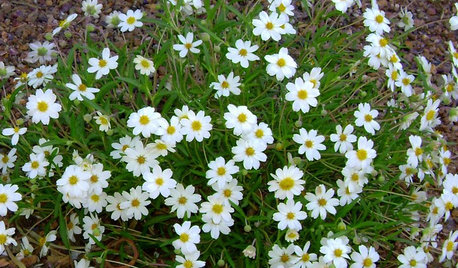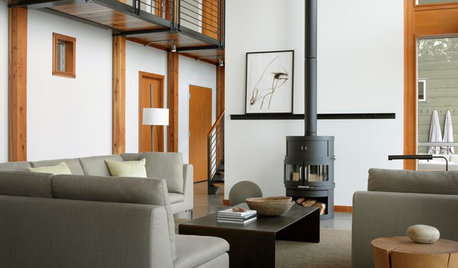Ground water heat pump + natural gas
TekWarren
10 years ago
Related Stories

GREEN BUILDINGHouzz Tour: Passive House in Vermont Slashes Heating Bills
Its ecofriendly, low-maintenance design leaves a family with more time to relax and enjoy the weekend home
Full Story
GREAT HOME PROJECTSHow to Add a Radiant Heat System
Enjoy comfy, consistent temperatures and maybe even energy savings with hydronic heating and cooling
Full Story
FLOORSIs Radiant Heating or Cooling Right for You?
Questions to ask before you go for one of these temperature systems in your floors or walls (yes, walls)
Full Story
FLOORSWhat to Ask When Considering Heated Floors
These questions can help you decide if radiant floor heating is right for you — and what your options are
Full Story
BATHROOM DESIGNWarm Up Your Bathroom With Heated Floors
If your bathroom floor is leaving you cold, try warming up to an electric heating system
Full Story
GREEN BUILDINGInsulation Basics: Heat, R-Value and the Building Envelope
Learn how heat moves through a home and the materials that can stop it, to make sure your insulation is as effective as you think
Full Story
GROUND COVERSGreat Design Plant: Blackfoot Daisy for Prettier Dry Ground
Don’t let its delicate looks fool you. This ground cover can survive extreme cold and heat, and with little water to boot
Full Story
FLOORSFloors Warm Up to Radiant Heat
Toasty toes and money saved are just two benefits of radiant heat under your concrete, wood or tile floors
Full Story
GREEN BUILDINGThe Big Freeze: Inventors Break New Ground to Keep Things Cool
Old-fashioned fridges can be energy guzzlers, but there are more eco-friendly ways of keeping food fresh, as these global innovations show
Full Story
REMODELING GUIDESClean-Burning Woodstoves Ignite a Greener Heating Trend
No need to rely on oil or gas to heat your home — new woodstove designs burn cleanly and are beautiful to boot
Full StoryMore Discussions






mike_home
TekWarrenOriginal Author
Related Professionals
Frankfort Solar Energy Systems · Los Angeles Solar Energy Systems · Mokena Solar Energy Systems · Sun Prairie Solar Energy Systems · Saratoga Solar Energy Systems · Hanover Home Automation & Home Media · Massapequa Home Automation & Home Media · Millbrae Home Automation & Home Media · Norridge Home Automation & Home Media · Pittsburgh Home Automation & Home Media · Port Washington Home Automation & Home Media · Sarasota Home Automation & Home Media · Fairfield Fireplaces · Saint Charles Fireplaces · Ventura Fireplacesmike_home
TekWarrenOriginal Author
mike_home
TekWarrenOriginal Author
TekWarrenOriginal Author
TekWarrenOriginal Author
jrb451
TekWarrenOriginal Author
ionized_gw
TekWarrenOriginal Author
ionized_gw
mike_home
ionized_gw
fsq4cw
TekWarrenOriginal Author